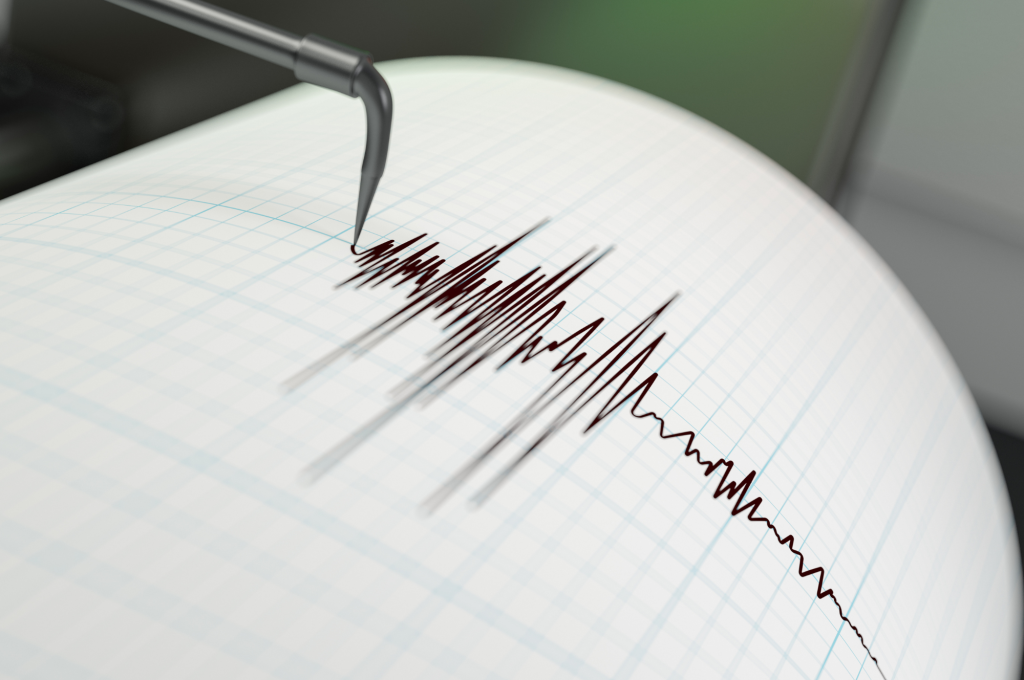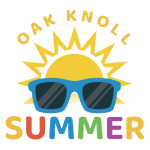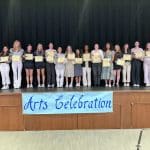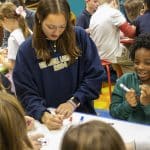Groundbreaking Learning in Grade Seven Science
 On April 5, 2024, at 10:23 a.m., students in Rebecca McNany’s Introduction to Earth and Physical Science class witnessed experiential learning on an epic scale. During a lab activity involving simulated cross-sections of the earth’s core while discussing subduction movement and plate tectonics, a 4.8 magnitude earthquake with an epicenter less than thirty miles away rocked their classroom. Fortunately, that earthquake caused no damage to the school and no loss of life on the East Coast, but that lesson will forever be etched in their memories.
On April 5, 2024, at 10:23 a.m., students in Rebecca McNany’s Introduction to Earth and Physical Science class witnessed experiential learning on an epic scale. During a lab activity involving simulated cross-sections of the earth’s core while discussing subduction movement and plate tectonics, a 4.8 magnitude earthquake with an epicenter less than thirty miles away rocked their classroom. Fortunately, that earthquake caused no damage to the school and no loss of life on the East Coast, but that lesson will forever be etched in their memories.
McNany’s class marks the start of the Upper School Science curriculum, where students engage in a host of lab work to understand a wide range of topics in earth science, including meteorology, plate tectonics, volcanism, glaciers, and natural resources. The earthquake provided a unique local example of what they were learning. At the same time, the curriculum overall relies on as many local resources as possible to reinforce their understanding of New Jersey watersheds, water tables, and geography.
For the study of the earth’s layers, students created a cross-section of a pretzel M&M. Then, they discussed the similarities and differences between that cross-section and what they had learned about the layers that comprise our planet’s interior.
“We try to incorporate many hands-on models in our labs,” said McNany. “The students get excited anytime we can incorporate food into the lesson so we cut M&Ms in half to discuss the layers of the earth. They used scalpels and wore gloves and discussed how the cross-section of the M&M and Earth’s interior are similar. We discuss how the crust floats on the mantle like the shell of the M&M floats on the chocolate layer”
Introduction to Earth and Physical Science provides a springboard to examine physical science concepts they will encounter throughout their Upper School years. The class also introduces numerous lab projects, hands-on investigations, data collection and analysis, graphing, map reading, visualizations, and other project-based learning that will prepare them for the rigors of Oak Knoll’s Upper School Science Curriculum.






